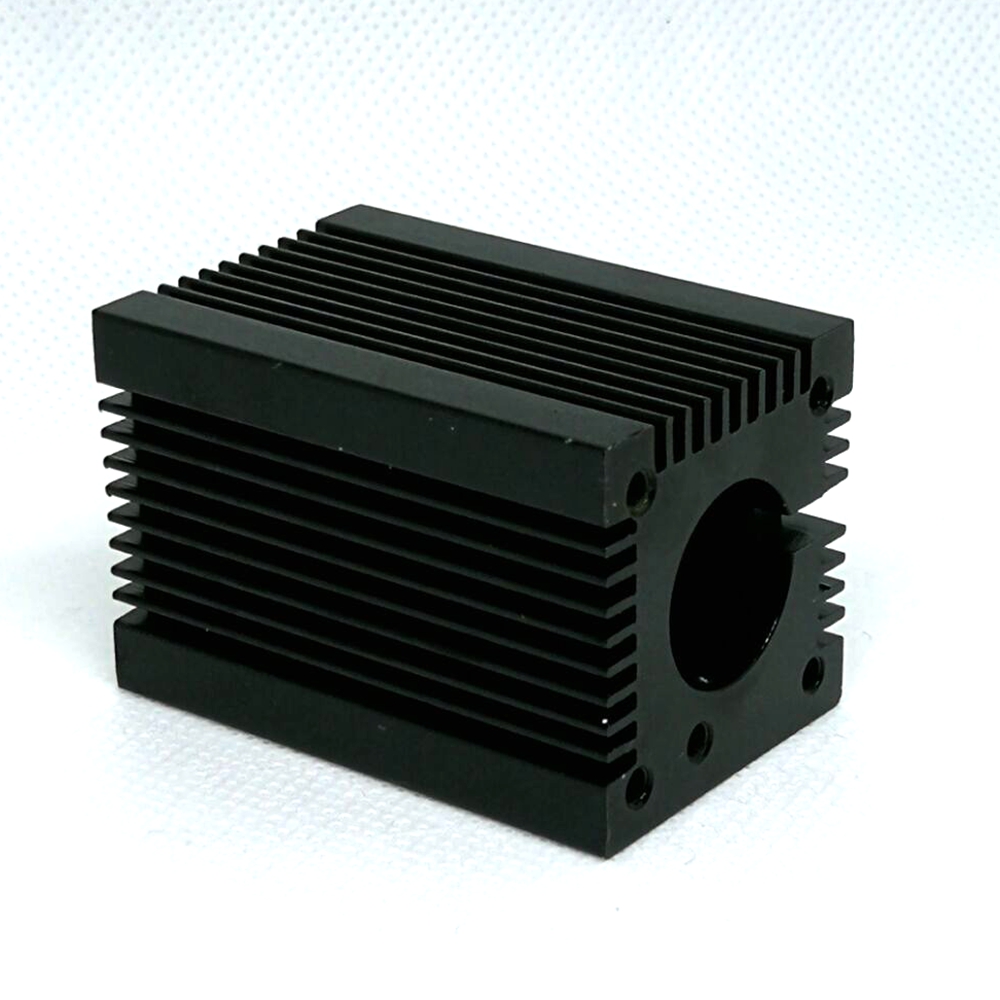dpss laser vs diode laser at BeamQ
A diode-pumped solid-state laser (DPSSL) is a solid-state laser made by pumping a solid gain medium, for example, a ruby or a neodymium-doped YAG crystal, with a laser diode.
DPSSLs have advantages in compactness and efficiency over other types, and high power DPSSLs have replaced ion lasers and flashlamp-pumped lasers in many scientific applications, and are now appearing commonly in green and other color laser pointers.
DPSSLs and diode lasers are two of the most common types of solid-state lasers. However, both types have their advantages and disadvantages.
DPSSLs generally have a higher beam quality and can reach very high powers while maintaining a relatively good beam quality. Because the crystal pumped by the diode acts as its own laser, the quality of the output beam is independent of that of the input beam. In comparison, diode lasers can only reach a few hundred milliwatts unless they operate in multiple transverse mode. Such multi-mode lasers have a larger beam diameter and a greater divergence, which often makes them less desirable. In fact, single-mode operation is essential in some applications, such as optical drives.
On the other hand, diode lasers are cheaper and more energy efficient. As DPSSL crystals are not 100% efficient, some power is lost when the frequency is converted. DPSSLs are also more sensitive to temperature and can only operate optimally within a small range. Otherwise, the laser would suffer from stability issues, such as hopping between modes and large fluctuations in the output power. DPSSLs also require a more complex construction.
Diode lasers can also be precisely modulated with a greater frequency than DPSSLs.
Neodymium-doped solid state lasers continue to be the laser source of choice for industrial applications. Direct pumping of the upper Nd laser level at 885-nm (rather than at the more traditional broad 808-nm band) offers the potential of improved performance through a reduction in the lasing quantum defect, thereby improving system efficiency, reducing cooling requirements, and enabling further TEM00 power scaling. Because of the narrow 885-nm absorption feature in Nd:YAG, certain systems may benefit from the use of wavelength-locked diode pump sources, which serve to narrow and stabilize the pump emission spectrum to keep it closely aligned to this absorption feature. To date, high power diode laser locking schemes such as internal distributed feedback Bragg gratings and externally aligned volume holographic grating optics, VHG’s, have not been widely implemented due to the increased cost and assumed performance penalty of the technology. However, recent advancements in the manufacture of stabilized diode pump sources which utilize external wavelength locking now offer improved spectral properties with little-to-no impact on power and efficiency. Benefits of this approach include improvements in laser efficiency, spectral linewidth, and pumping efficiency.


